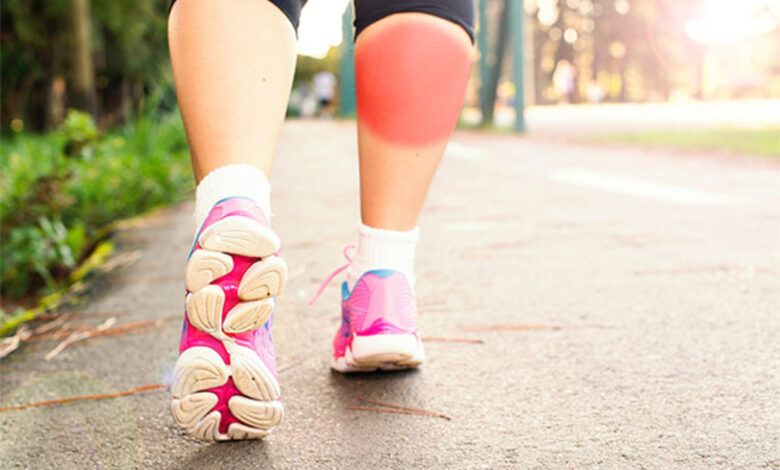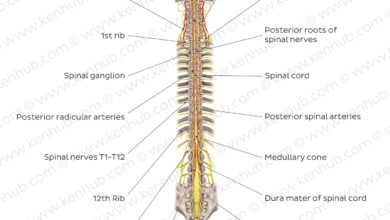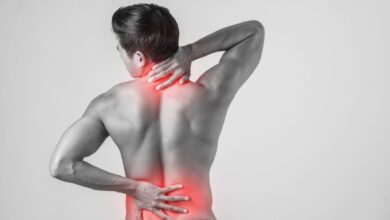Do Varicose Veins Burn

Do your legs feel hot? How do varicose veins burn? Have you ever experienced varicose veins warm to the touch, leg pain, or ankle swelling after a long day? Although these do not necessarily indicate that you suffer from varicose veins, they are symptoms that are probably related to impaired venous flow.
Why are your varicose veins warm to the touch?
Venous insufficiency is a chronic. It is a disorder in which the legs feel hot. Here the veins are affected by a problem in the valve system found in their walls, and pain, inflammation of the veins, and fatigue in the extremities at the end of the day are some of the symptoms it produces.
This “do varicose veins burn” condition leads to the characteristic varicose veins in its initial phases. Although they only represent an aesthetic nuisance during this stage, the blood flow worsens over time. With it, complications appear that deteriorate the extremities’ blood circulation and oxygenation.
ToUSA Vein Clinic, we tell you how to reduce inflammation of the burning sensation that makes varicose veins warm to the touch and improve your health.
Do varicose veins burn? What are varicose veins, and how are they related to venous insufficiency?
As we mentioned, varicose veins are the typical result of chronic venous insufficiency, a vascular condition in which the venous blood vessels present structural alterations that cause circulation problems and make your legs feel hot.
Chronic venous insufficiency is a common pathology since, according to estimates, between 20 and 25% of women and approximately 15% of men suffer from it, becoming even more frequent as age increases.
Why do your legs feel hot?
As you well know, veins are conduits that redirect blood from organs and tissues to the heart to oxygenate it and continue the cycle of the circulatory system.
Unlike pressure-operated arteries, veins are very thin-walled structures that work based on the volume of fluid flowing through them.
Indeed, the veins do not have a pump that drives the blood, so it is elementary for it to remain stagnant in them or to return to the areas most affected by gravity, such as the legs feel hot.
To overcome this problem, the venous system has valves that are nothing more than structures that simulate gates that open in only one direction. In this way, they allow blood to flow in only one direction, toward the heart, and prevent stagnation while absorbing gravitational forces.
But what happens when they have problems? Varicose veins and their annoying symptoms occur.
Symptoms of faulty venous valves
Varicose veins warm to touch are not the only symptom of chronic venous insufficiency; there is a list of non-specific complaints related to this condition.
- Reduce inflammation veins
- Pain in the legs when walking.
- Swelling of the legs or ankles.
- The feeling of heavy legs at the end of the day.
- Tingling or cramps in the legs.
- Inflamed and painful veins.
- Changes in the skin, such as changes in color or texture.
- Ulcerative lesions are the product of oxygenation problems.
- Throbbing pain
- Itching in the affected veins Legs feel hot
Can swollen veins be prevented?
Reducing inflammation of the veins in the legs and preventing their reappearance is possible when lifestyle changes are made, and experts are consulted.
Do varicose veins burn? Consult our specialist at the USA Vein Clinic to find out which treatment suits you best according to your diagnosis.
We offer other minimally invasive treatment options:
- Endovenous Laser Therapy [EVLT]
- ClariVein Treatment
- Visual Sclerotherapy Injections
- Ultrasound-Guided Sclerotherapy
- Varithena Vein Treatment
- VenaSeal Treatment
- Radiofrequency Ablation (RFA) Treatment
Request your first consultation and get your personalized therapeutic plan. Trust your quality of life to circulation experts!
How to deflate the veins of the legs and reduce varicose veins warm to the touch? – You and we already know it very well. Now it’s time to put the plan into action.
We are waiting for you in our USA Vein Center.



